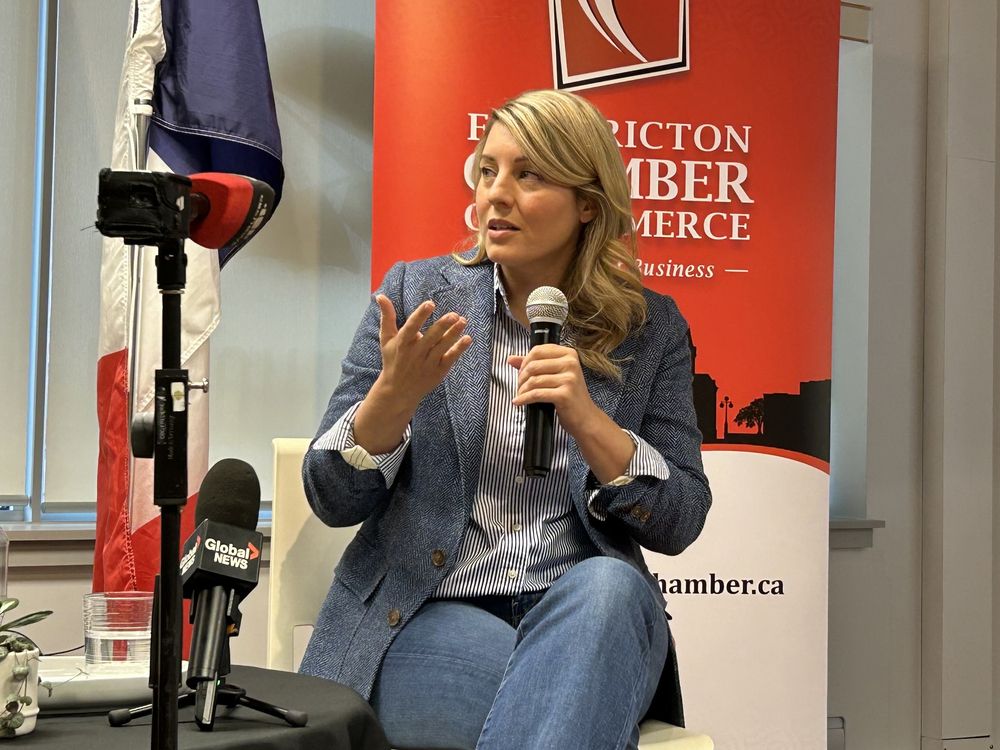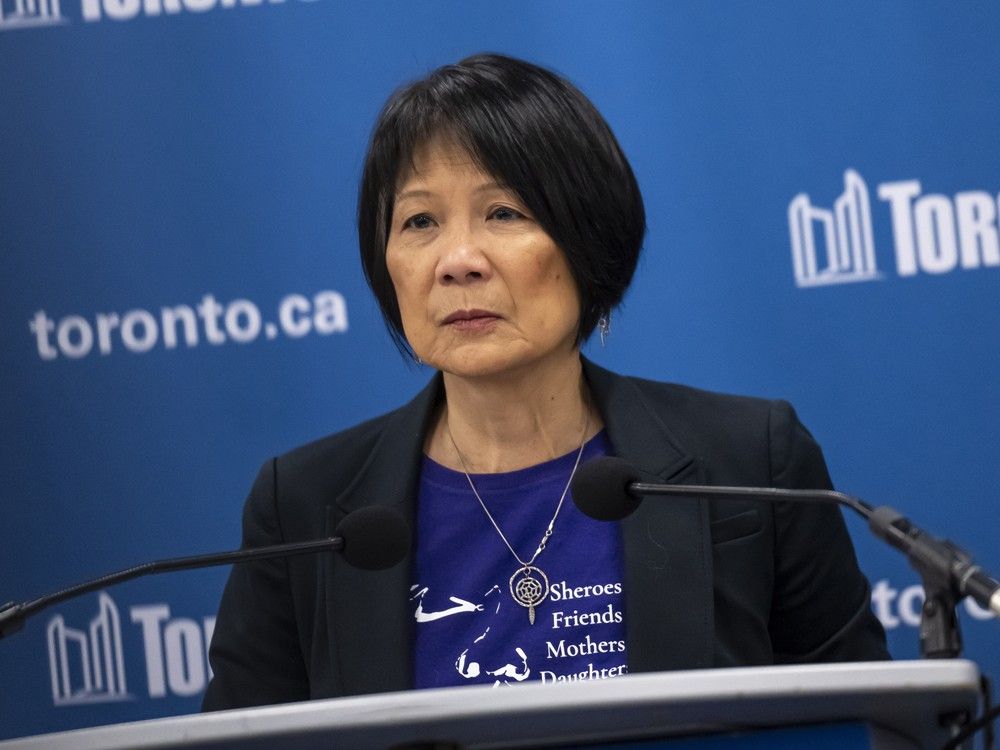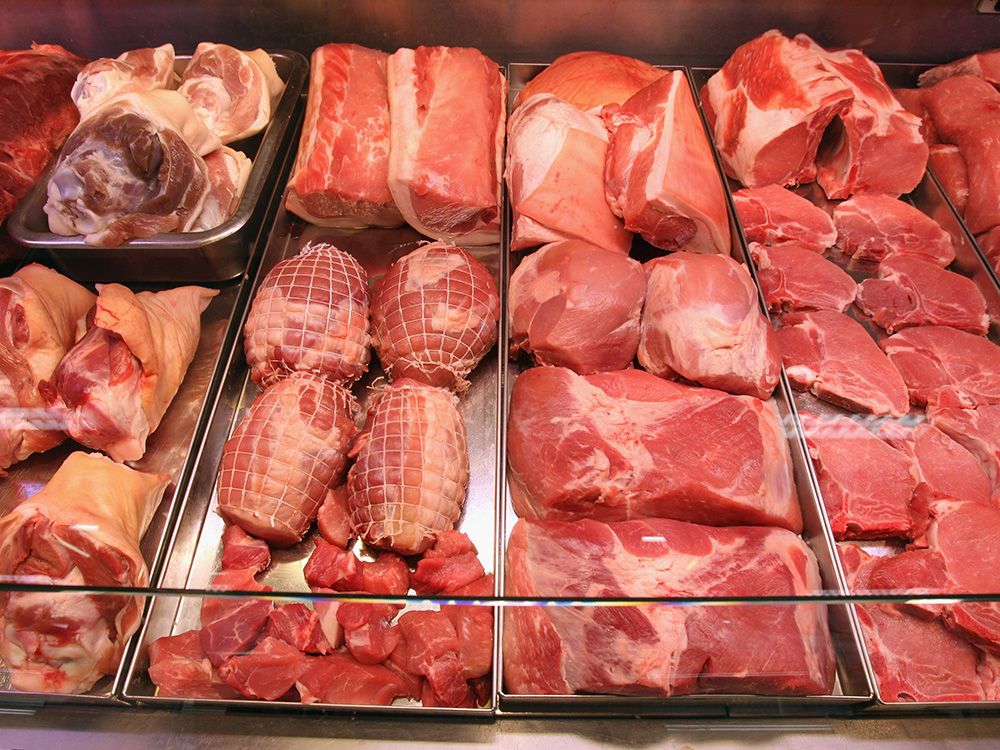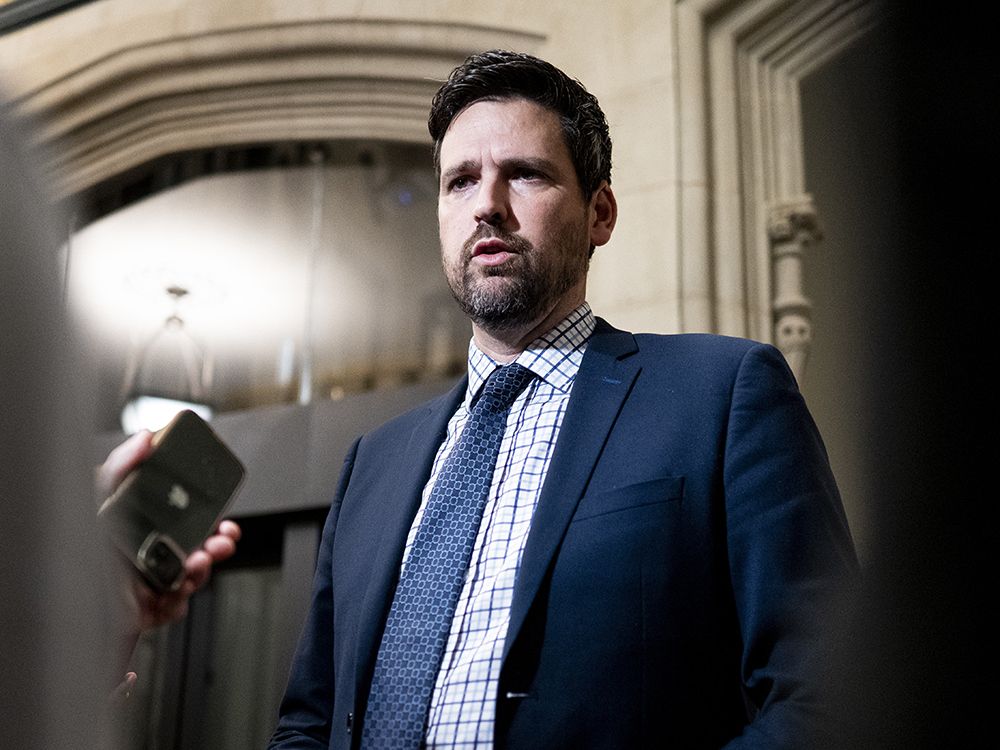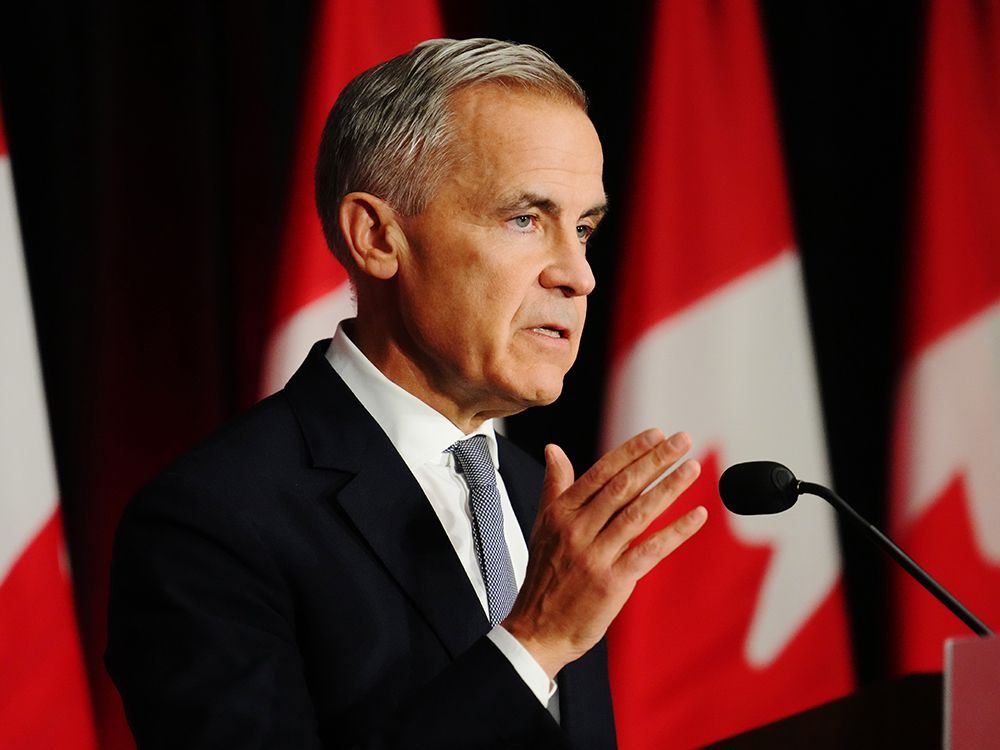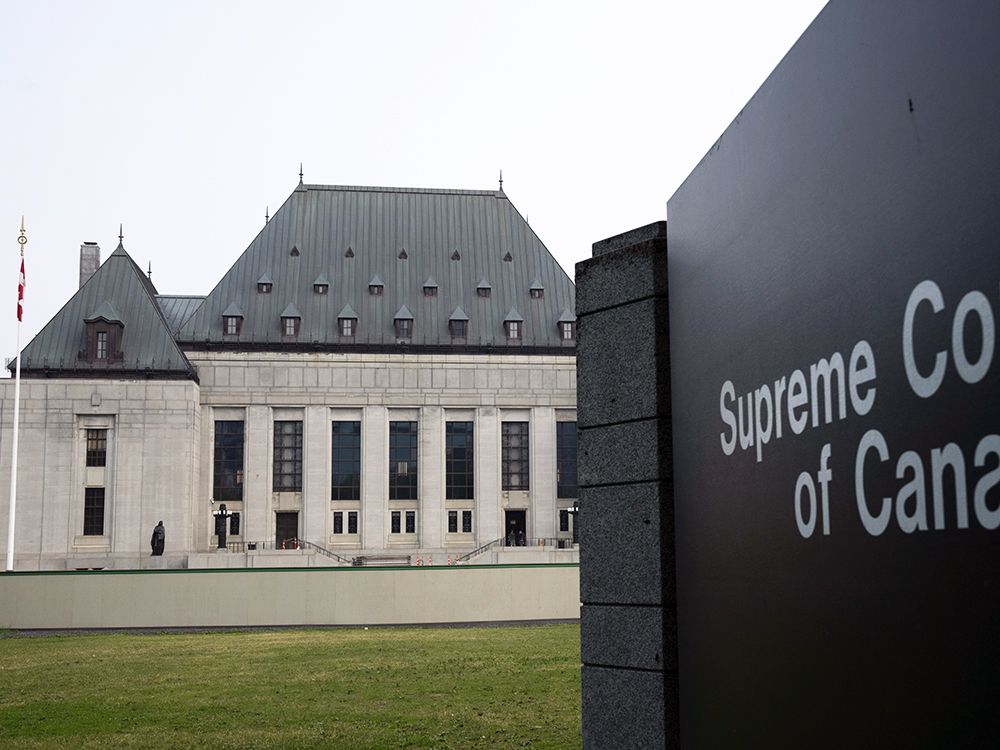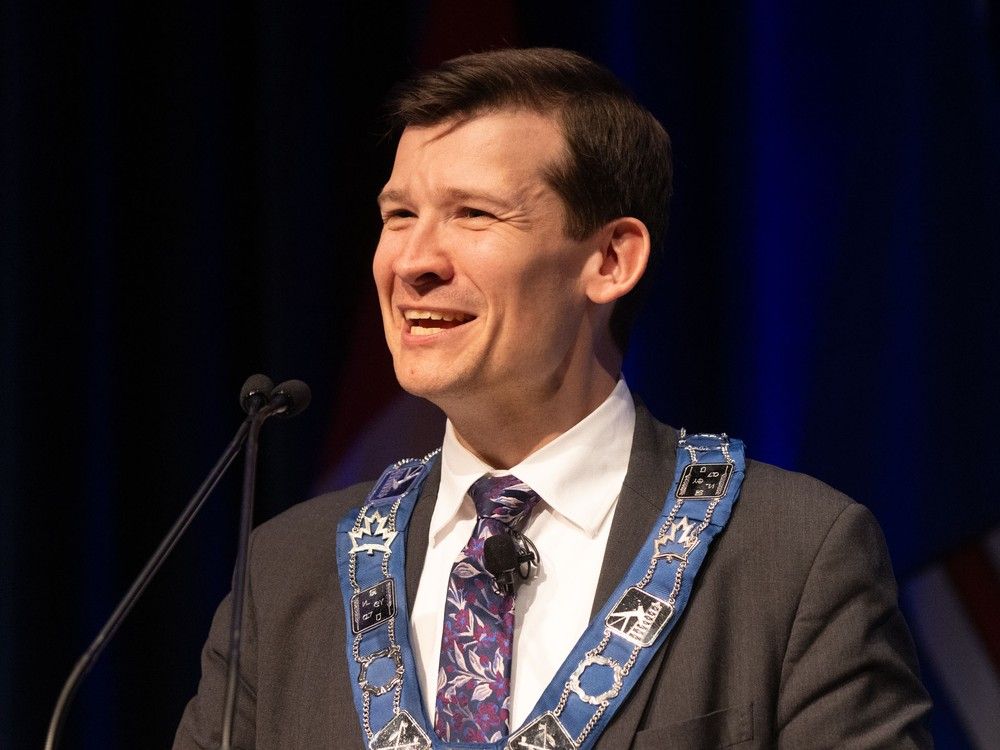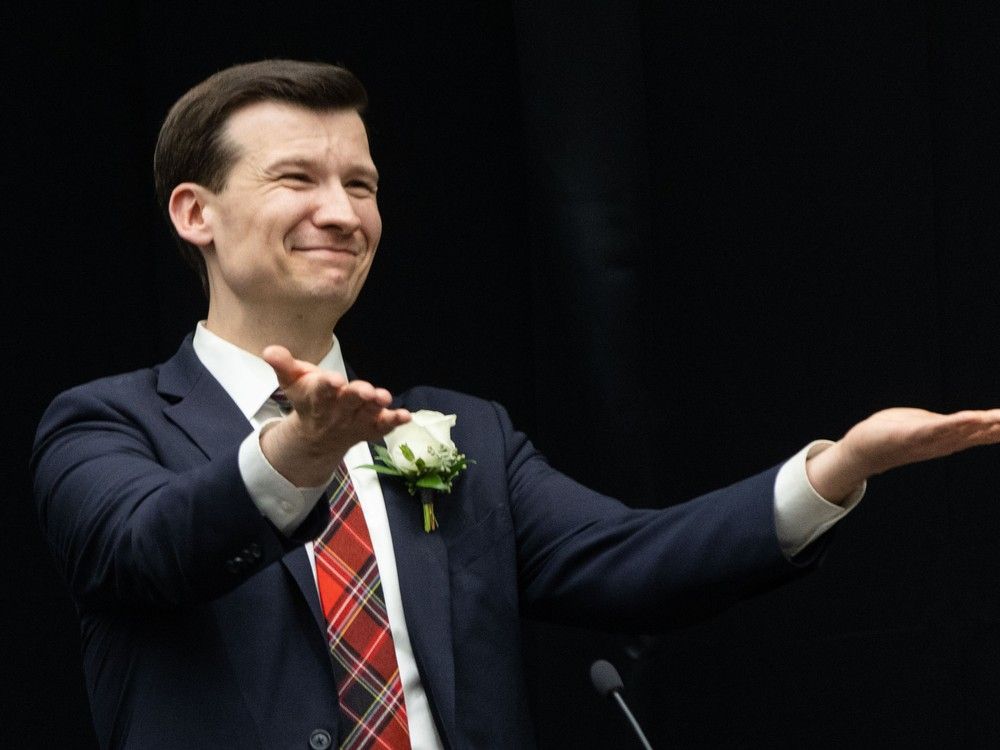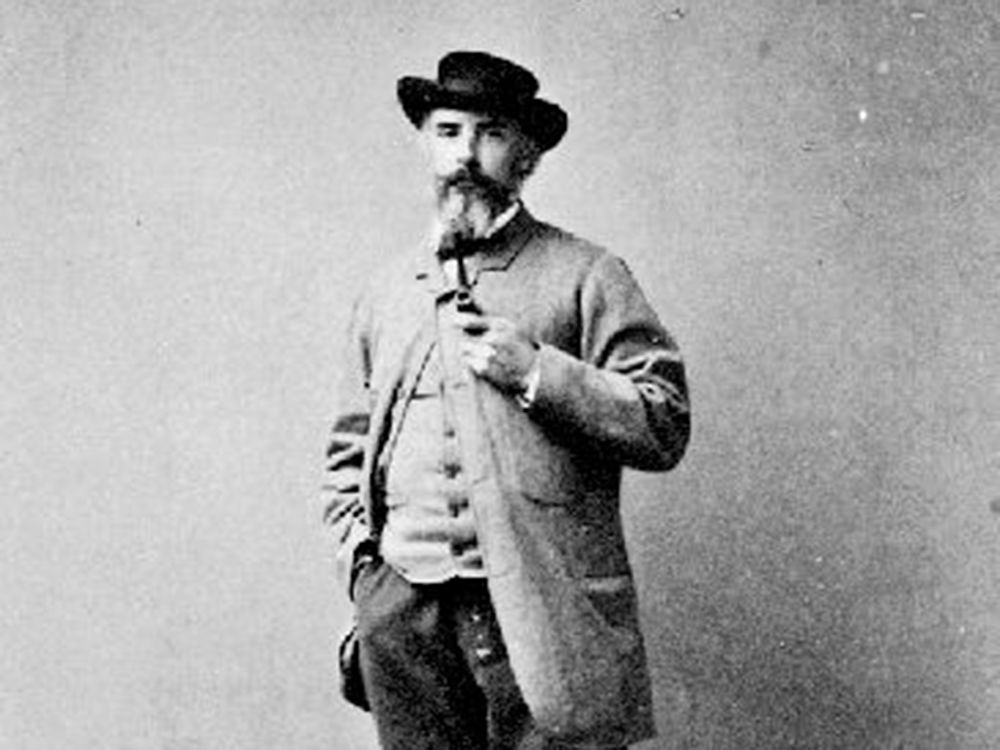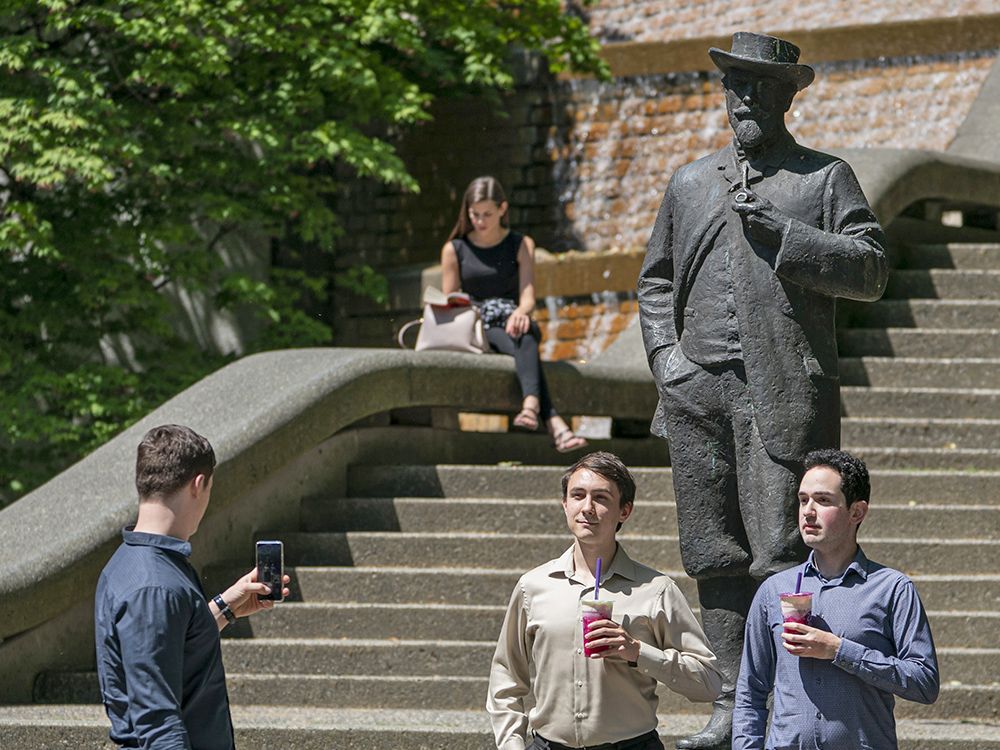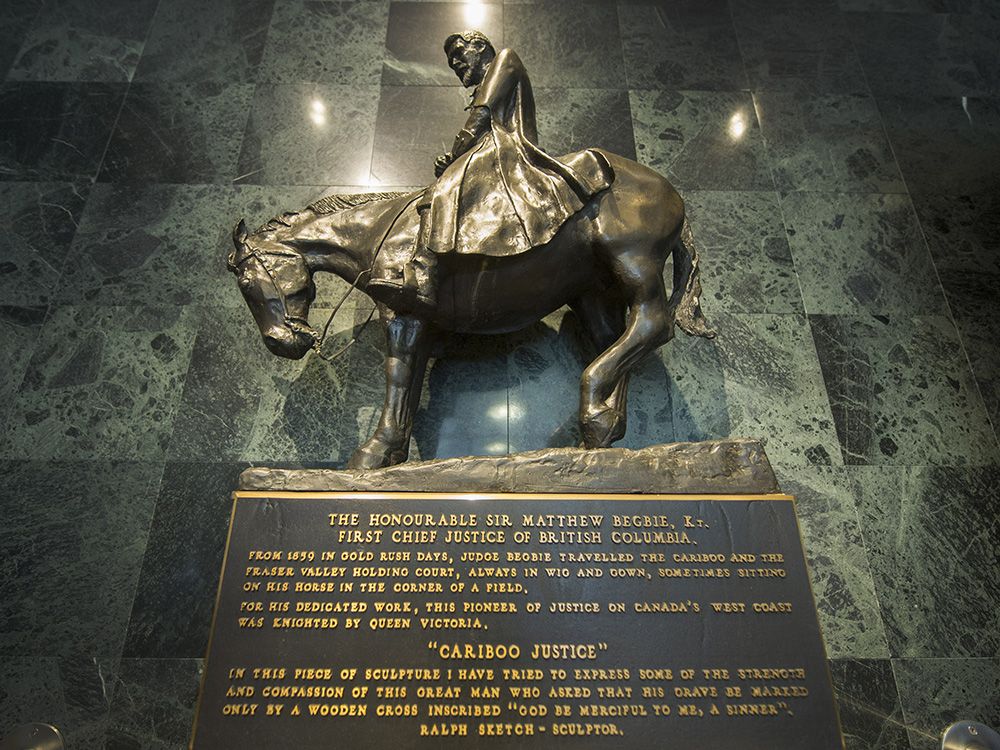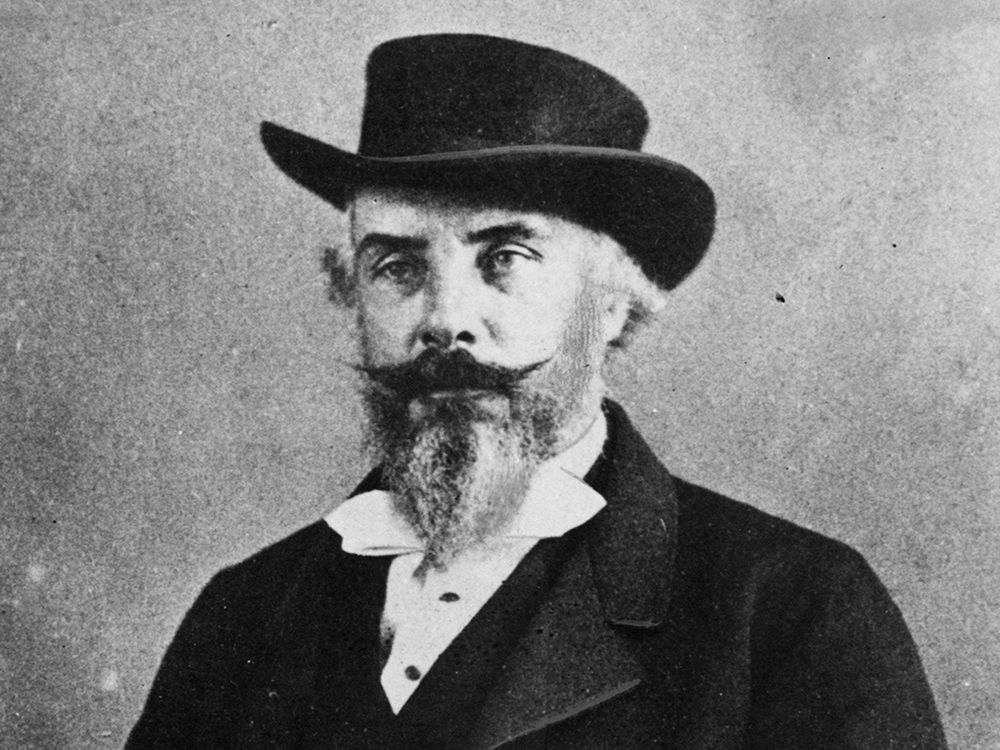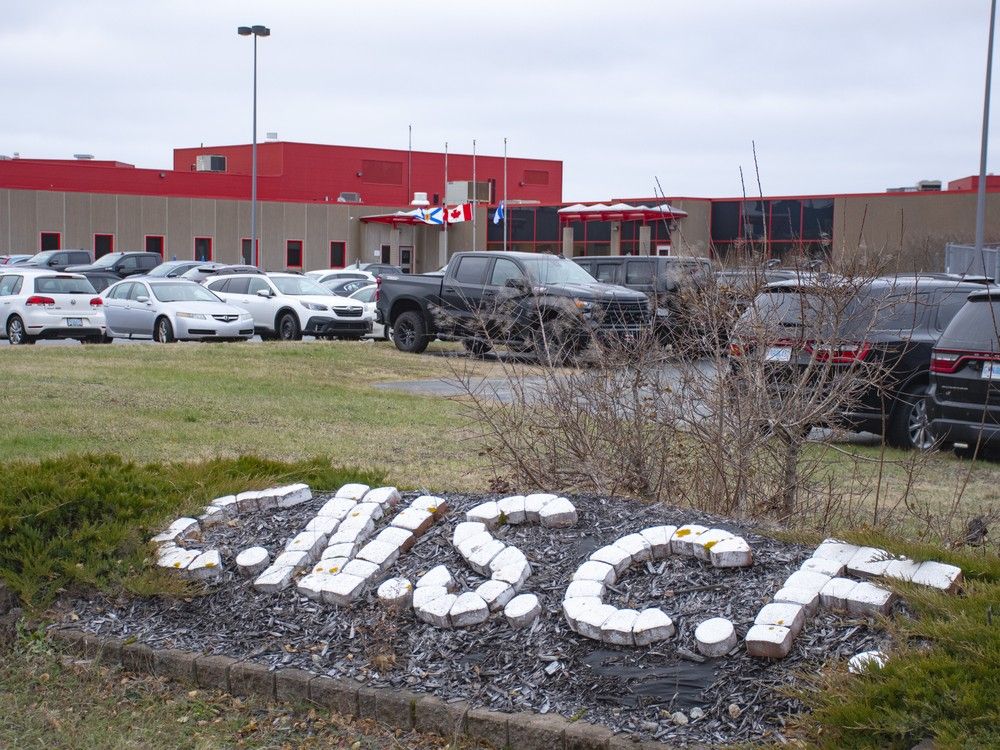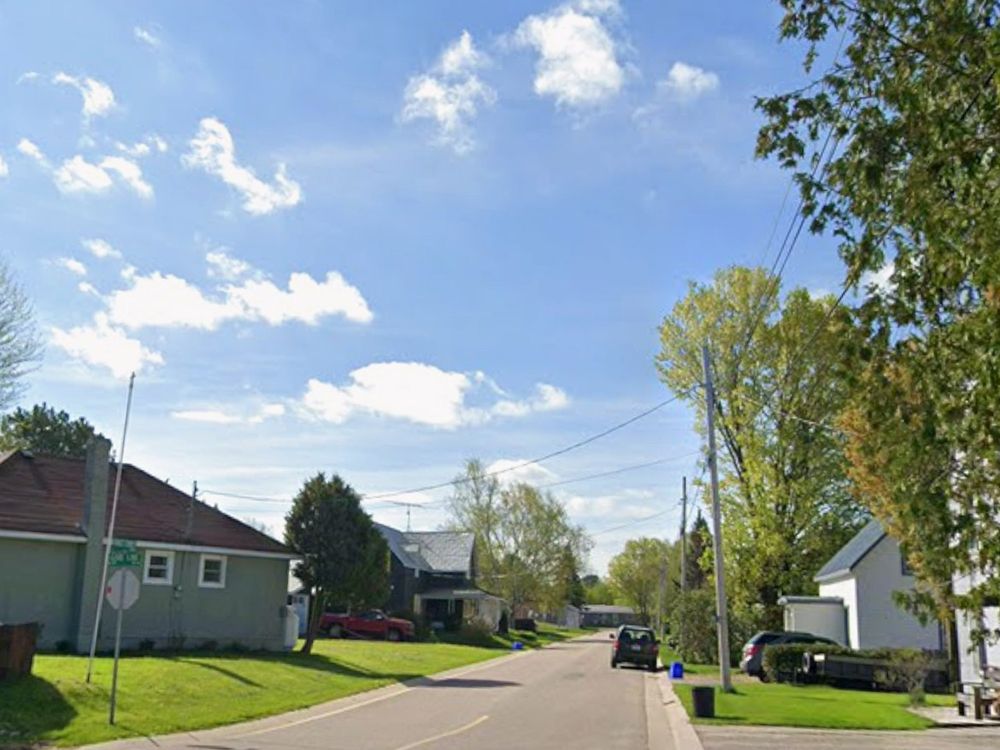
A new court ruling combines sociological analysis and the facts of a minor crime to create a new genre of narrative that could be called Rural Ontario Gothic. Here is that ruling, in the case of His Majesty the King and Neil Valliant, handed down October 21, 2025, in Pembroke, Ont., by Justice J.R. Richardson, who compellingly tells the story of a shooting that injured no one but revealed a great deal:
Introduction
[
1
] On February 12, 2025, shortly before 11:45 pm, the bucolic silence of the Village of Westmeath was broken by three sounds that are unnatural in that setting at that hour.
[
2
] First, the blaring of a car alarm.
[
3
] Second, the report of a shotgun blast.
[
4
] Third, the report of another shotgun blast.
[
5
] Mr. Valliant was sleeping in his home in Westmeath. He had had too much to drink and had fallen asleep. He had to work the next day. His sleep was disturbed by the blaring of a car alarm from his neighbour’s F-150.
[
6
] Frustrated with the disruption to his sleep, his judgment impaired by the consumption of too much drink, Mr. Valliant donned his 12-guage, which was one of the three firearms he had inherited from a relative.
[
7
] He left his house and shot the grille of the F-150.
[
8
] One shot was not enough for Mr. Valliant to express his utter disdain at the inanimate F-150 for the disruption to his sleep.
[
9
] For good measure, he shot the vehicle again.
[
10
] Mr. Valliant was not licensed to possess those guns or the ammunition that he had for them.
[
11
] Police were called and he was charged.
[
12
] On April 22, 2025, Mr. Valliant entered pleas to one count of committing mischief over $5000 by discharging two 12-guage shotgun rounds into the Ford F-150, contrary to
section 430
of the
Criminal Code
and one count of possessing a firearm without being the holder of a licence to possess it contrary to
section 91
of the Criminal Code.
[13] The issue in this case is the appropriate sentence.
[14] Defence counsel argued for a conditional discharge. Crown counsel argued for a suspended sentence.
Detailed Facts
[
15
] On February 12, 2025 at 11:45 pm, Provincial Police responded to the complaint of a vehicle alarm sounding on Grace Street in Westmeath. The caller advised that they also heard two gunshots.
[
16
] The caller saw Mr. Valliant go outside with “something long in his hand”.
[
17
] En route, police contacted Mr. Valliant. Mr. Valliant complained that the alarm was going off and he had to work the next day. He confessed to shooting the truck. Police told him to come out with his hands up when they arrived. He complied.
[
18
] Police arrived at 12:18 am. Mr. Valliant was arrested without incident. Police observed two large holes in the grille of the F-150. They also observed a spent shotgun shell on the roadway.
[
19
] Mr. Valliant again admitted to shooting the truck. He was cooperative with the police and took them to where his firearms and ammunition were stored in his house. Three firearms and a quantity of ammunition were ultimately seized.
[
20
] He did not have a license to possess the firearms.
[
21
] Upon hearing the plea, at defence request, the matter was adjourned for Mr. Valliant to engage in some counselling.
The Social-Geographic Context in Which the Offence was Committed
[
22
] I have practised or presided in rural Eastern Ontario for about half of my thirty years of professional life, the last ten of which I have practised or presided in Renfrew County. I do not own firearms, nor do I engage in hunting. What follows is what I understand about the community where these offences were committed.
[
23
] Westmeath is a quiet, peaceful village located on the shore of the Ottawa River in Whitewater Region Township in the County of Renfrew. It is home to about 350 souls.
[
24
] The village consists of a convenience store, a couple of churches, some local artisans and a winery.
[
25
] The population increases substantially in summer due to cottagers. This is a place where people come to escape the city and enjoy the outdoors.
[
26
] Some might describe Westmeath as “sleepy”. Surrounding the village is some of the finest farmland in the Valley. There are idyllic rolling hills of fields of hay, corn, soybeans, dairy and livestock operations.
[
27
] There is not a lot of crime in Westmeath. There is the occasional break and enter, theft and the usual array of impaired driving and intimate partner violence cases that are unfortunately part of day-to-day life in Ontario.
[
28
] It is, generally speaking, a tranquil environment.
[
29
] Nighttime is still and silent. One might hear the hum of an errant electrical transformer, the barking of a dog spooked by its shadow, the occasional passing of a vehicle, or the din of a farmer, working late with tractor to get the hay bales off the field before it rains. In winter, when this offence was committed, it is even quieter.
[
30
] At any time of day, car alarms and gunshots are rarely heard.
[
31
] Unlike the city, or even a small town such as nearby Pembroke, where a car alarm is a more frequent and routine event, in Westmeath, car alarms are also rarely heard. When they do arise, they somehow seem louder than in a busy city or town, even though logic dictates that cannot be true.
[
32
] At night, they seem particularly loud.
[
33
] Daytime gunshots are more common when people participate in the tradition of hunting. Occasionally, one will hear gunshots outside of hunting season, when teenagers are engaging in some target practice under the watchful supervision of a parent, or when a farmer must dispatch a pest to protect his crop or his livestock.
[
34
] Gunshots at night mean trouble.
[
35
] Many people in this part of Ontario learn the proper care and handling of firearms at an early age. There are many gun and hunting clubs in the area. Like a driver’s license, getting one’s gun licence and participating in the hunt is a rite of passage.
[
36
] Firearms and hunting are part of rural Ontario culture. Firearms are passed from generation to generation. While hunting is traditionally a male-dominated pastime, that is less the case with each passing year. Many women now also take part. Children are often taken out of school to participate.
[
37
] Lest one think that this an activity only pursued by the privileged, for many, hunting supplements the family food supply. Indigenous people also hunt for subsistence and to practice traditional ways.
[
38
] Albeit begrudgingly, most responsible hunters and firearms enthusiasts accept gun control as a fact of life.
[
39
] I daresay that most of them would be annoyed to hear about Mr. Valliant’s crimes.
[
40
] Some would be angered.
[
41
] People who behave like Mr. Valliant perpetrate the stereotype that all gun owners are drunken, trigger-happy, redneck yahoos who are a hair’s breadth from committing a mass casualty event, such as we too often see on American news media.
[
42
] Responsible firearms owners have licenses and obey regulations. They do not use their firearms when they are intoxicated. They realise the inherent danger that comes with possession of their firearms.
[
43
] It is not uncommon for individuals in this County to possess firearms without a licence. Their disobedience is a result of one or more of the following factors:
a) laziness,
b) indifference,
c) protest against what they perceive to be unjust laws brought about by city folk who do not understand rural ways,
d) protest against what they perceive to be excessive government and regulation, and
e) some also, unfortunately, believe that it is their constitutional, if not God-given, right to possess firearms.
[
44
] Such individuals are not responsible firearms owners. Such individuals flirt, not only with criminal conviction, and the collateral consequences that come with having a criminal record, but also with the prospect of being sentenced to a period of incarceration.
Victim Impact
[
45
] The Crown advised that the victim did not wish to file a Victim Impact Statement.
[
46
] The Crown stated that the victim was not really affected by what happened, other than he wished to receive $500 to cover his insurance policy’s deductible for the damage to his car that was not covered by insurance.
Counselling
[
47
] Exhibit 1 is a letter dated July 20, 2025 under the signature of Taryn de Bruyn of the Robbie Dean Counselling Centre in Pembroke. Ms de Bruyn advises that Mr. Valliant completed an anger management course. The course consisted of eight weekly sessions, each lasting 90 minutes. Ms de Bruyn wrote:
Mr. Valliant has been a reliable participant in the Anger Management Group. He contributed thoughtfully to group discussions and has shown a genuine willingness to reflect on his experiences. He has made notable progress in understanding and applying emotional regulation strategies.
[
48
] Exhibit 2 is a letter dated August 5, 2025 under the signature of Adrienne Campbell of the Pathways Alcohol and Drug Treatment Services. She reported that Mr. Valliant referred himself to Pathways on March 7, 2025. Ms Campbell wrote:
To date, Mr. Valliant and I have met on eight occasions, focussing on prevention through identifying his triggers, managing cravings, education on the three stages of relapse, creating a recovery safe plan, dealing with slips and getting back on track and the importance of having a routine and incorporating self care.
Mr. Valliant engages in every appointment. In just a few short months, Mr. Valliant has made impeccable progress in regards to his alcohol use. He continues to work hard on his recovery and has been abstaining from alcohol.
[
49
] She also noted that she expected Mr. Valliant to continue with therapy after he was sentenced.
Defence Submissions
[
50
] Defence counsel asked me to grant a conditional discharge followed by 12 months of probation.
[
51
] He indicated that most of the damage that was caused to the truck, amounting to over $7000, was paid for by the complainant’s insurance company. He stated that the complainant was $500 out of pocket for the deductible, which defence counsel had in trust for payment over to the complainant.
[
52
] Defence counsel indicated that Mr. Valliant works full-time as a driver. He is a Canadian citizen with a high school education. He is 50 years old. He does not have a criminal record. He is single and he lives in his own house.
[
53
] Defence counsel essentially submitted that this was an isolated incident in which Mr. Valliant acted foolishly because his judgment was impaired by his alcoholism. He was upset that the vehicle alarm on his neighbour’s F-150 was going off. When the incident happened, he was using alcohol on a daily basis. He had fallen asleep after drinking. He was frustrated and angry because his sleep was disrupted.
[
54
] He stated that, as evidenced by the counselling letters, Mr. Valliant has now made sincere efforts to live a sober lifestyle.
[
55
] Defence counsel noted that although Mr. Valliant did not have a licence to possess the firearms, they were inherited from a relative and he simply did not follow through on obtaining the appropriate licenses.
[
56
] Defence counsel acknowledged that the discharge of the firearm in a residential area is a serious matter. He suggested that there was no risk to the public because it happened in the middle of the night.
[
57
] He also acknowledged that there should be an order for forfeiture of the shotgun and Mr. Valliant should be placed on a weapons prohibiti
Crown Submissions
[
58
] Crown counsel stated that the Crown position was a suspended sentence but allowed that a Conditional Discharge might be appropriate because Mr. Valliant was doing everything he can be expected to do to rehabilitate himself. Crown counsel acknowledged that this appeared to be an isolated incident.
[
59
] Crown counsel disagreed with defence counsel’s suggestion that there was no risk to the public.
[
60
] I agree with Crown counsel. Someone could have been seriously injured or even killed, if one of the bullets from Mr. Valliant’s shotgun had strayed into the home of one of his neighbours.
Mr. Valliant’s Allocution
[
61
] Mr. Valliant apologized for his actions. He admitted that he had been drinking. The vehicle alarm disrupted his sleep and woke him up. He stated that “it took me off the deep end”.
[
62
] He stated that, in addition to the counselling set out above, he was going to AA.
[
63
] He acknowledged that the victims and his neighbours are uncomfortable around him. “It is a black mark on me forever”, he stated. These are measures of specific deterrence and denunciation that the community has levied against Mr. Valliant.
Analysis
The Aggravating Factors
[
64
] The following factors are aggravating:
a) The firearms were unlicensed. I note that the firearms were apparently inherited, but no excuse was offered for Mr. Valliant not following through with licensing them. He does not benefit from the finding that he is an otherwise responsible gun owner.
b) A firearm was discharged. Twice.
c) A firearm was discharged in a semi-urban environment or a small rural village in the middle of the night, increasing the risk of harm. Responsible gun owners do not discharge firearms in a semi-urban environment in the middle of the night.
d) Mr. Valliant had been drinking to excess. Sometimes a drinking problem can work in mitigation of sentence. In this case it works in aggravation given the exponential increase in the risk of harm that possession and discharge of a firearm by an intoxicated person entails. A responsible gun owner does not use their firearms when they have been drinking.
e) The firearm caused substantial damage to his neighbour’s vehicle. The damage amount was over $7000. Mr. Valliant is willing to pay the deductible. The rest of the cost will be paid by his neighbour’s insurance. I was not asked to make a restitution order in favour of the neighbour’s insurance company against Mr. Valliant. If I had been so asked, I would have made it. The insurance company will have to sue Mr. Valliant civilly to recover, failing which everyone pays for Mr. Valliant’s foolhardiness.
The Mitigating Factors
[
65
] The following factors work in mitigation of sentence:
a) Mr. Valliant was fully cooperative with the police.
b) Mr. Valliant entered a guilty plea quickly. The public has been spared the time and expense of a trial.
c) Mr. Valliant has worked hard to address the underlying problems that contributed to his crime: his alcoholism and anger management.
d) Mr. Valliant does not have a criminal record.
e) Mr. Valliant is gainfully employed.
f) Mr. Valliant has given his lawyer $500 in order to make his neighbour whole.
g) Mr. Valliant has been subjected to community-based deterrence and denunciation as a result of his crimes.
The Absence of Aggravating Factors
[
66
] The following factors are not present here:
a) The firearms involved were not handguns, nor were they prohibited or restricted weapons.
b) Mr. Valliant was not in possession of the firearms to engage in a criminal enterprise, such as drug trafficking.
c) Although he was not licenced, Mr. Valliant acquired the firearms legally (through inheritance).
(discussion of legal precedents removed)
The Sentence Imposed
[
84
] This case places me on the horns of a dilemma.<
[
85
] On the one hand, it is difficult to avoid the temptation of rewarding Mr. Valliant for all of the mitigating factors in this case, in particular, the glowing up-front work that he has completed and the extent to which he expresses remorse and insight into his crime. I also acknowledge the degree to which he has been denounced and deterred by his community for what he has done.
[
86
] On the other hand, it is equally difficult to not be swayed by the fact that Mr. Valliant was intoxicated when he committed the crime. The crime involved not only possession but also the discharge of a firearm in a semi-urban setting. He was unlicensed to possess three firearms without any excuse, and the risk of harm to the public by his conduct was extremely high.
[
87
] In the final analysis, I find that the bridge to a conditional discharge is just too far. It is not in the public interest. I will suspend the passing of sentence and place Mr. Valliant on probation for 12 months with the following terms:
a) The usual statutory terms.
b) A condition requiring him to report to a Probation Officer until he has completed all his required counselling.
c) A condition requiring him to have no contact or communication directly or indirectly by any physical, electronic or other means with Shane Dunstan except with the written consent of Shane Dunstan.
d) A condition requiring him to not possess any weapons.
e) A condition requiring him to attend and actively participate in all assessment, treatment and counselling including anger management and substance abuse.
f) A condition requiring him to pay over $500 to the credit of Shane Dunstan for restitution.
[
88
] Pursuant to
section 110 (b) of the Criminal Code
, I make an Order prohibiting Mr. Valliant from possessing any firearm for ten years.
[89] Pursuant to
section 491
of the
Criminal Code
, I also make an Order forfeiting the shotgun used by Mr. Valliant to the Crown.
Our website is the place for the latest breaking news, exclusive scoops, longreads and provocative commentary. Please bookmark nationalpost.com and sign up for our daily newsletter, Posted, here.
